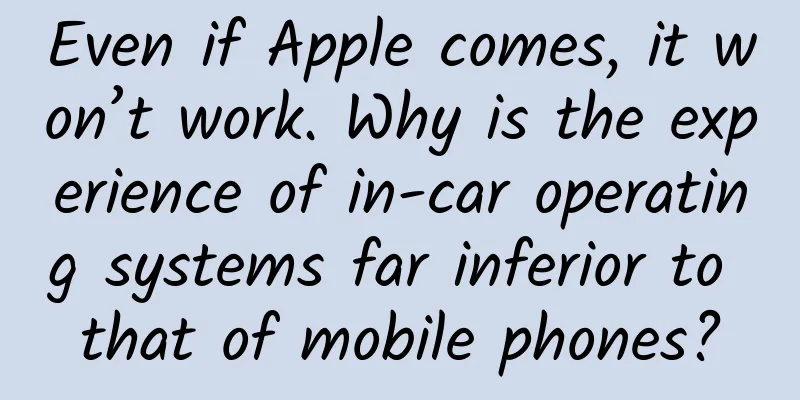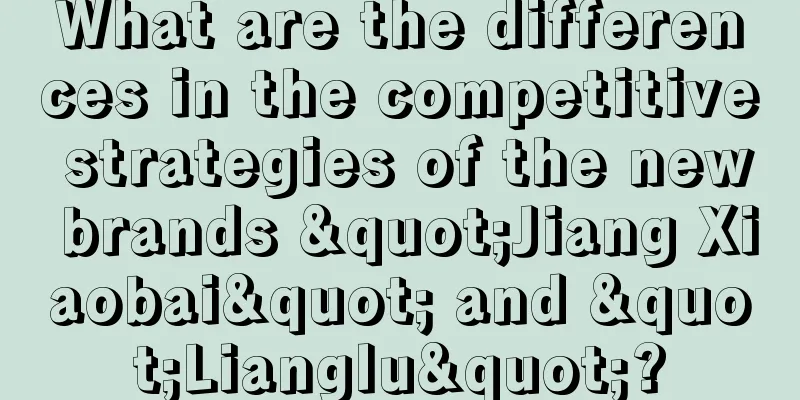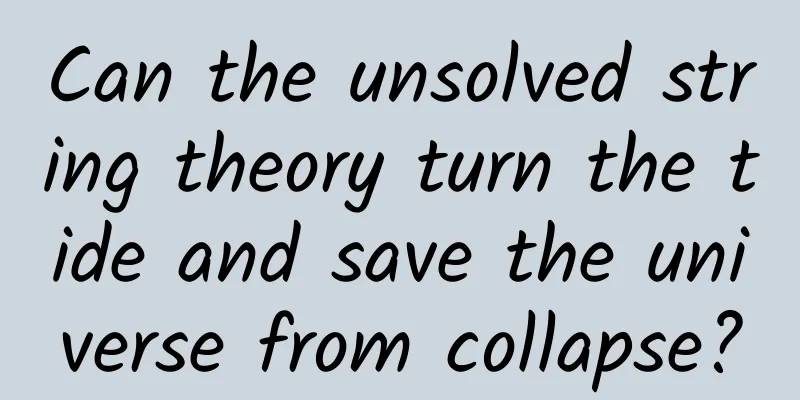Factorial delivers solid-state battery B samples to BMW and Mercedes-Benz. Is the United States overtaking China?

|
Recently, Factorial, an American power battery manufacturer, delivered a 106+Ah lithium metal solid-state battery B sample to BMW. Earlier last month, the company had provided the same sample to another partner, Mercedes-Benz, which was then called "the world's first solid-state battery unit B sample provided to an automaker" by European and American media. According to Factorio itself, the energy density of these batteries can reach 391Wh/kg, more than twice that of the current mainstream lithium iron phosphate batteries, and the driving range on a single charge can reach 1,000km. In addition, Factorial’s partners include Hyundai Motor, Stellantis, LG and other companies, hoping to accelerate the mass production of solid-state batteries. It seems that China's new energy battery industry, which occupies a leading position in the world, has not had similar news for a long time. Is it falling behind in the cutting-edge research of solid-state batteries? The core of new energy vehicles is power batteries. In the first quarter of this year, the installed capacity of Chinese power battery manufacturers accounted for more than 60% of the global share, and the two giants CATL and BYD accounted for a combined 52.2%. This is just the finished product of power batteries. In terms of raw materials, China's advantage is even more obvious. According to data from the International Energy Agency, China currently accounts for 90% of the global production capacity of positive electrode active materials and 97% of the production capacity of negative electrode active materials. This exaggerated proportion can be called a "powerful position". Many foreign manufacturers think that if they can break through the dominant position of Chinese manufacturers in power batteries, they will have a good chance of making a comeback in the field of new energy vehicles. However, under the current conditions, it is unlikely that they can surpass the two giants, CATL and BYD. Therefore, foreign manufacturers have chosen another path: solid-state batteries. This is the fundamental reason why European and American companies are always the ones making the most noise in solid-state batteries. Regardless of whether they are mature or not, the noise has to be made first. The motivation of European and American companies to join forces on solid-state batteries actually has its scientific basis. Solid-state batteries are batteries that use solid electrodes and solid electrolytes. They use glass compounds made of lithium and sodium to replace the electrolyte of lithium batteries as a conductive material. Theoretically, solid-state batteries have the advantages of high energy density and small size. Since there is no electrolyte, they also directly avoid problems such as spontaneous combustion, volatilization, corrosion, and leakage. Once they are popularized, they can solve the current problems of insufficient mileage, low safety, and high pollution of new energy vehicles at one time. Another important reason why European and American companies are focusing on solid-state batteries is to bypass China's huge advantage in lithium-powered batteries. So, as a solid-state battery manufacturer that often speaks out, what level do these recent breakthroughs of Factorial stand at in the entire industry? According to official information provided by Factorial, the solid-state battery B sample it provided to Mercedes-Benz and BMW used a copper current collector and a lithium metal negative electrode, which means that it still used some liquid electrolyte components. This kind of "solid-state battery" is generally called "semi-solid-state battery" in China, and is generally regarded as a transitional product between liquid batteries and solid-state batteries. In other words, Factorial and domestic power battery manufacturers have entered the "semi-solid-state battery" stage. In fact, we just accept the words Factorial's biggest move at the moment is to invest $50 million in the construction of a 200MWh solid-state battery assembly line in Massachusetts, USA. This is the largest solid-state battery production line in the United States to date. What about China? According to the data from the China Automotive Power Battery Industry Innovation Alliance, the domestic semi-solid battery installation volume reached 1621.8MWh in the first five months of 2024. Note that this is the installation volume, and what Factorial currently provides is only the B sample in the testing stage. In terms of truly all-solid-state research, USTC has announced the development of a new sulfide solid electrolyte for it. In other words, whether in terms of technology level, mass production progress, or vehicle installation scale, Factorial is at a clear disadvantage compared to Chinese manufacturers. This gap is basically the same as the sales gap between Chinese and foreign new energy vehicles. But it should be noted that solid-state batteries are a new technology route, and new technologies will bring new variables. At this stage, Factorial's advantage lies in "off-site", which can easily cooperate with large automobile manufacturers outside of China to form a small circle that excludes China. This small circle includes large Western automobile manufacturers, power battery manufacturers, various scientific research institutions and terminal market demands of various countries. Its power should not be underestimated. Individual manufacturers are not a concern, but if they really work together and continue to invest, they may advance at an extraordinary speed. China's new energy industry currently has too many advantages, so these foreign manufacturers have the underlying desire to get rid of their dependence on China, and it is not impossible for them to unite and work together against China. In addition, the United States and the European Union can also use trade barriers such as high tariffs to hinder the global expansion of Chinese manufacturers, buying some time for the maturity of solid-state batteries in Europe and the United States. Moreover, Europe, the United States, Japan and South Korea all have relatively strong R&D capabilities, and the possibility of one of them making a technological breakthrough cannot be ruled out. If China can make a breakthrough, they can certainly do so too. In this regard, China should still pay close attention. If Chinese manufacturers want to maintain their current advantages, they can only speed up research and development and promote its implementation as soon as possible. China can overtake Europe, the United States, Japan and South Korea under their noses, and they can also step on the accelerator to overtake us. In fact, compared with foreign manufacturers, the most obvious advantage of Chinese manufacturers is not reflected in the technology level, but in the speed of mass production and the scale of the industry. In fact, the "new three" that China currently exports, electric vehicles, power batteries and photovoltaic products, were not originally invented by China, but eventually China occupied an absolute market advantage. One important reason is that China has a huge market demand, which provides a natural soil for technological innovation. Chinese power battery manufacturers sit on the world's largest automobile market, and are implementing new technologies much faster than their competitors. In contrast, the progress of foreign-funded power battery manufacturers such as Factorial is much slower. So far, all other countries outside of China only account for more than 30% of the global new energy market, and they are scattered in multiple countries. The speed of new factory commissioning, new battery installation, and technology iteration is much lower than that of Chinese manufacturers. In addition, the policies of the European Union and the United States on electric vehicles are still wavering. If Trump takes office in six months, the subsidies for electric vehicles in the US Inflation Reduction Act may be cancelled, and the demand for electric vehicles may slow down. When market demand shrinks, the research and development progress of solid-state battery technology will be significantly impacted. Solid-state batteries are the star product of the next stage and the direction of efforts of major manufacturers. There is no doubt about this. At present, China has an absolute advantage in the industry, but companies like Factorial are also catching up. What China needs to do is to pay close attention to their trends, learn from them, and draw lessons from them while consolidating its own advantages. Only in this way can the current advantages be maintained for a long time. As a winner of Toutiao's Qingyun Plan and Baijiahao's Bai+ Plan, the 2019 Baidu Digital Author of the Year, the Baijiahao's Most Popular Author in the Technology Field, the 2019 Sogou Technology and Culture Author, and the 2021 Baijiahao Quarterly Influential Creator, he has won many awards, including the 2013 Sohu Best Industry Media Person, the 2015 China New Media Entrepreneurship Competition Beijing Third Place, the 2015 Guangmang Experience Award, the 2015 China New Media Entrepreneurship Competition Finals Third Place, and the 2018 Baidu Dynamic Annual Powerful Celebrity. |
<<: China Automobile Dealers Association: China's imported automobile market in May 2024
Recommend
Volkswagen is still in trouble after cutting 30% of its software department employees. Porsche turns to Google for breakthrough
On October 31, Porsche announced that future bran...
Tencent advertising account building skills sop
Below is some little knowledge I share about Tenc...
There is no legal basis for prohibiting taxi apps from displaying destinations
Recently, the Shanghai Municipal Transportation C...
Tianyu Cangqiong game gold-making project, claiming to have 50+ orders per day
Tianyu Cangqiong game gold-making project, claimi...
How do novice bidders analyze keyword reports?
As a bidder, one of the must-do things every day ...
"A bumper harvest" to celebrate the autumn harvest! Wait, what does "a bumper harvest" mean?
In the golden autumn of October, fruits and veget...
Ministry of Industry and Information Technology: 2019-2020 Artificial Intelligence Industry Talent Development Report
The report believes that due to the late start of...
Trans fats are harmful, so can we eat foods marked “0” safely?
As the concept of healthy eating becomes more pop...
OLED displays are already on the market. Can quantum dots still become popular?
Walking into the electronic mall, we can see that...
How to reduce costs and increase conversion rates when doing Baidu bidding promotion?
There are always many problems on the road of bid...
Lu Mingming · Xiaohongshu Hot Fan Training Class 5.0, help you easily play Xiaohongshu platform worth 1380 yuan
Lu Mingming · Xiaohongshu Fan Training Class 5.0,...
Let me introduce you to a "water ballet master": Crested Grebe
(The pictures in this article are all taken by th...
3 factors that affect product promotion and conversion (Part 2)
Many adjustments seem simple, but the leverage ef...
Who are the users of search engines?
The users of search engines are people who search...
How to acquire customers through low-cost fission? Share 7 techniques
Since 2017, online traffic has become more and mo...









